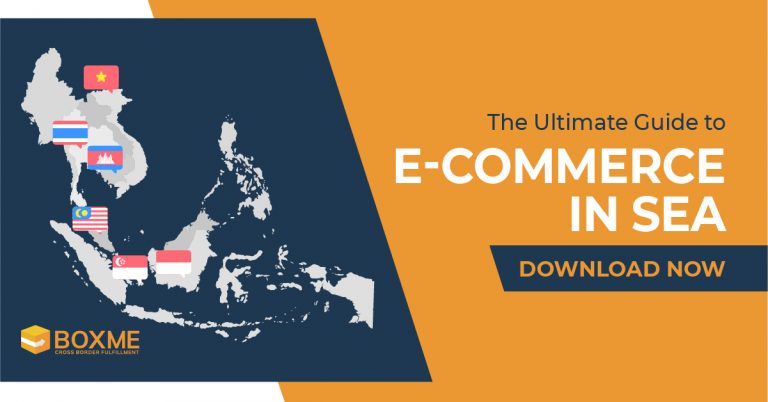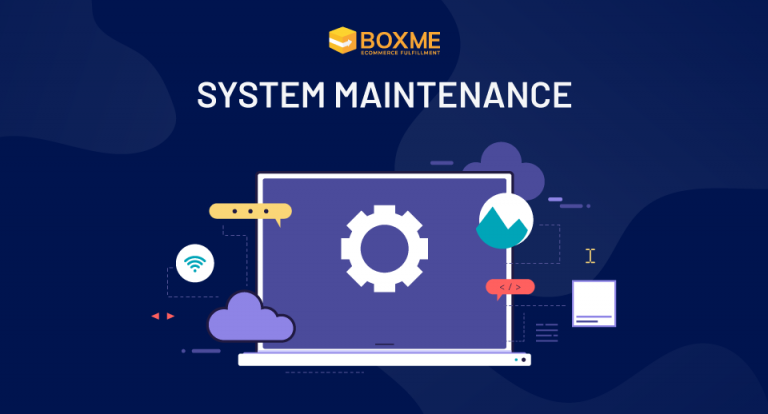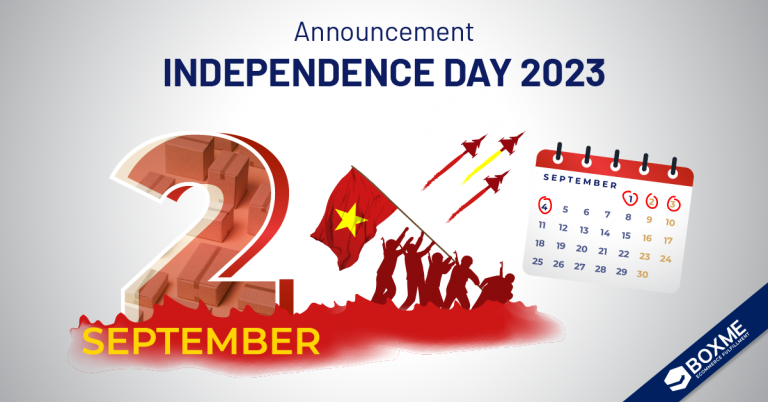Boxme Global is the premier E-commerce fulfillment service provider in Southeast Asia. To help you better understand this emerging market, we have prepared for you the ultimate guide to the region’s E-commerce landscape, with a download link that can be found below.
Market overview
According to e-Conomy SEA 2019 report by Google, Southeast Asia’s E-commerce value has reached the mark of $38 billion, posing an impressive annual growth of 62% during 5 recent years. The sector is predicted to exceed $150 billion by 2025, 1.5 times bigger than the previous prediction.
–> See more: E-Commerce: Now The Largest Internet Economy Sector In Southeast Asia
Six outstanding countries with a booming E-commerce market are Indonesia, Thailand, Malaysia, Vietnam, Singapore, and the Philippines. Drawing data from we are social & Hootsuite and iPrice Group, Boxme is able to compile a general overview of each market, from demographics to best-selling categories and top E-commerce marketplaces.
Current trends
We have listed out all the prominent trends in the region’s E-commerce sector, from Tiktok to E-wallets and dropshipping.
–> See more: 8 E-Commerce Trends That Will Continue Its Success In 2020
Market enter strategies
In general, there are three main ways for foreign sellers to enter the market, each way comes with its own pros and cons:
- Direct B2C: Sell on E-commerce platforms/website and ship the product cross-border when an order is placed. This method is recommended for testing out the market due to the fast set-up time and low risks, however, cross-border shipping can be expensive and inconvenient at times.
- Traditional import: If you already have a long-term strategy in the destination country, this method is highly advisable. By setting up a local company to import your own products, you are in control of all aspects including operation, logistics, marketing, thus it may require a huge upfront investment.
- Partnership: With this method, brands only have to worry about finding a reliable local distributor as the distributor will be the one responsible for import and sales.
Expand challenges
Doing business in a completely different country is never easy. Here are the top 6 challenges that foreign sellers may face when entering Southeast Asia:
- Language & culture differences
- Cash-on-Delivery as the main payment method
- Diverse local regulations
- Various sales channels with a fragmented customer base
- Incompetent logistics & infrastructure
- Cross-border commerce issues
Boxme solutions
No matter what sales strategy that your business chooses, Boxme is able to assist you!
Officially going into operation since October 2015, Boxme was known as a pioneer enterprise in providing technological solutions for E-commerce logistics, especially bringing to the playground the E-commerce fulfillment model which has not been widely popular in Southeast Asia.
By offering various solutions in E-commerce logistics, Boxme is currently enabling hundreds of brands and enterprises to start and operate in Southeast Asia. With an extensive network of warehouses and shipping couriers across the region, Boxme is lowering the barriers for international merchants to enter one of the most promising markets for E-commerce.











